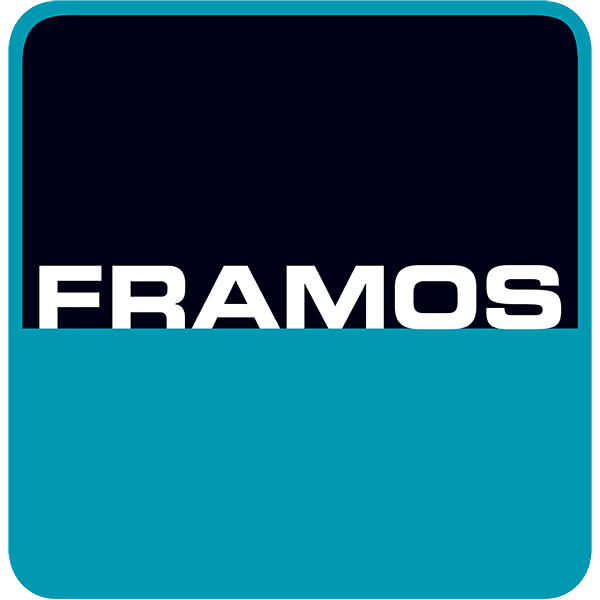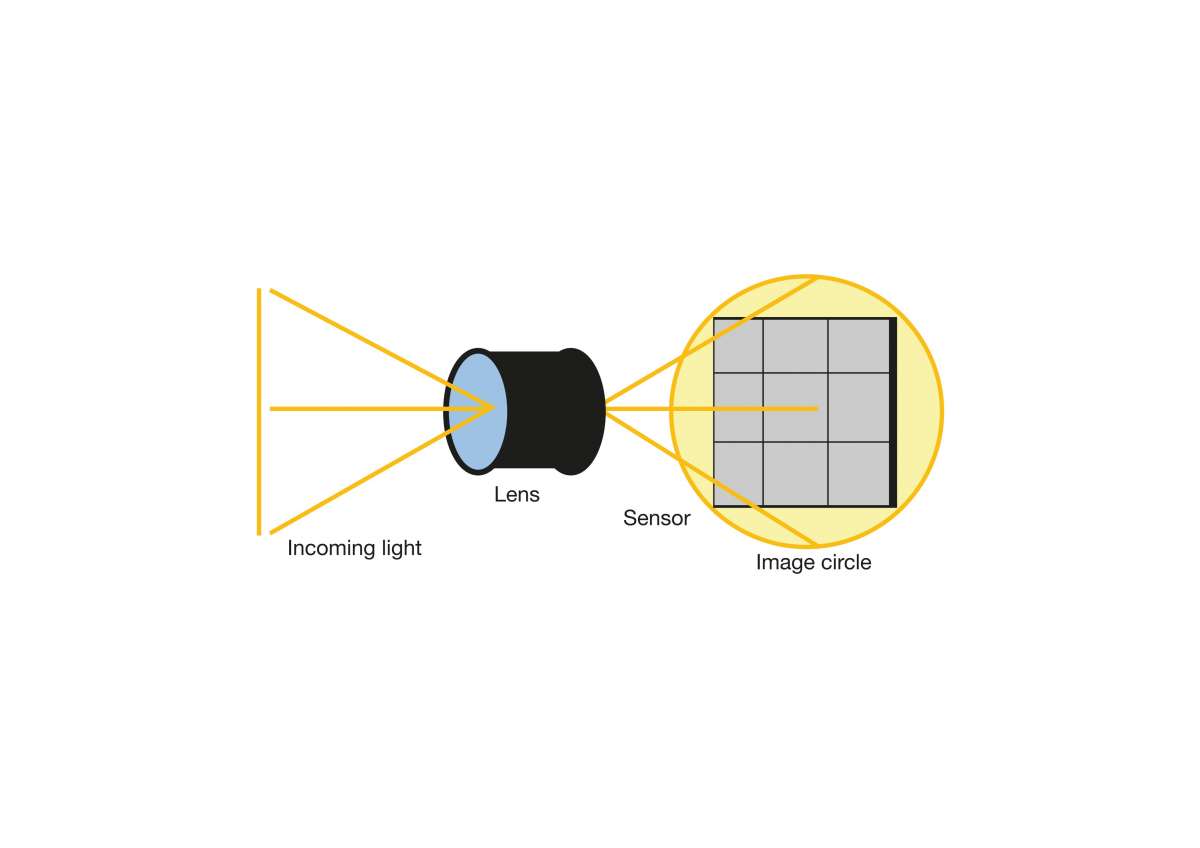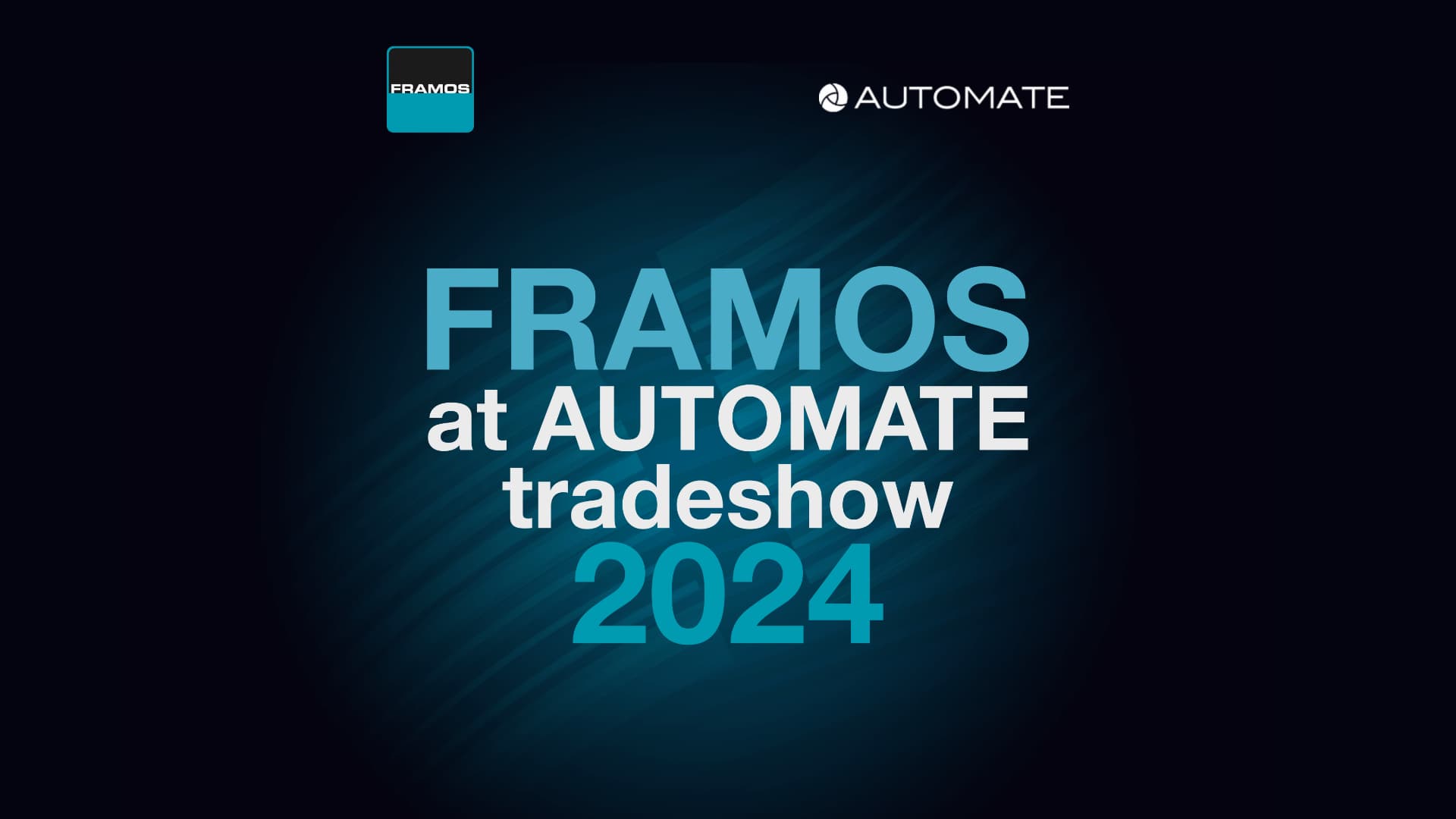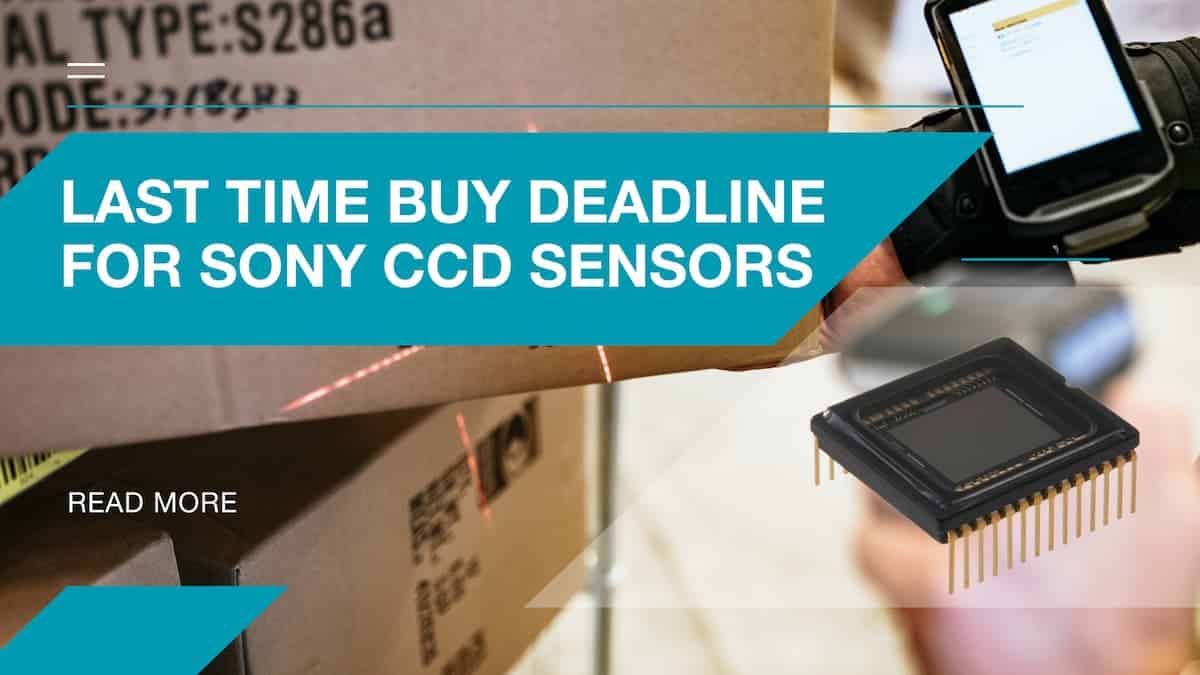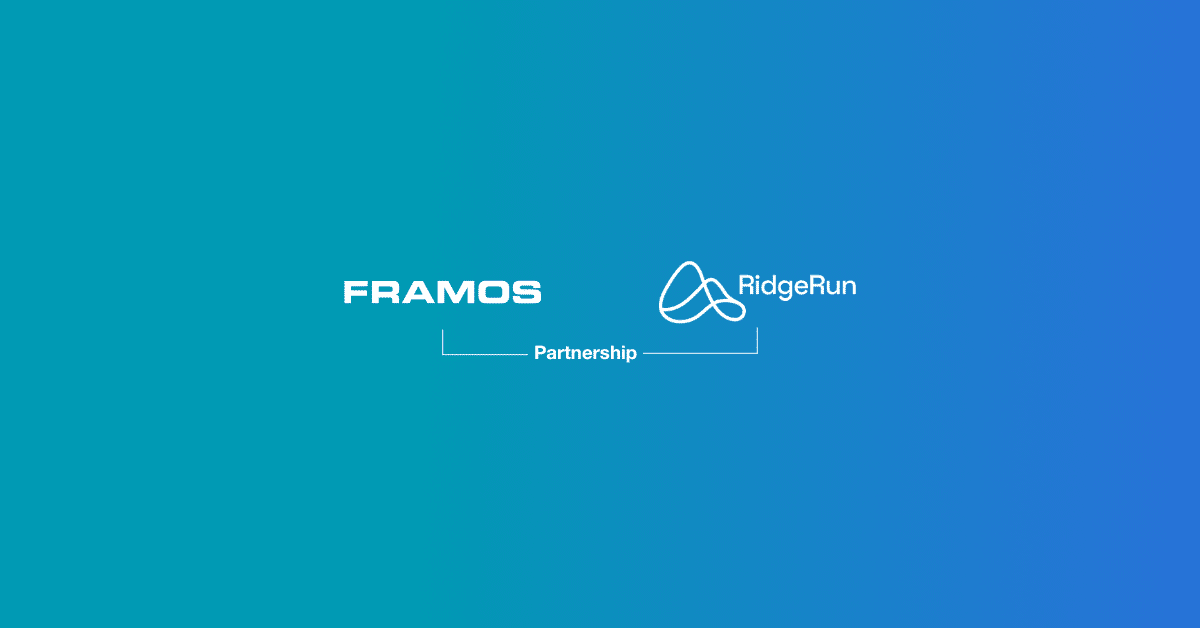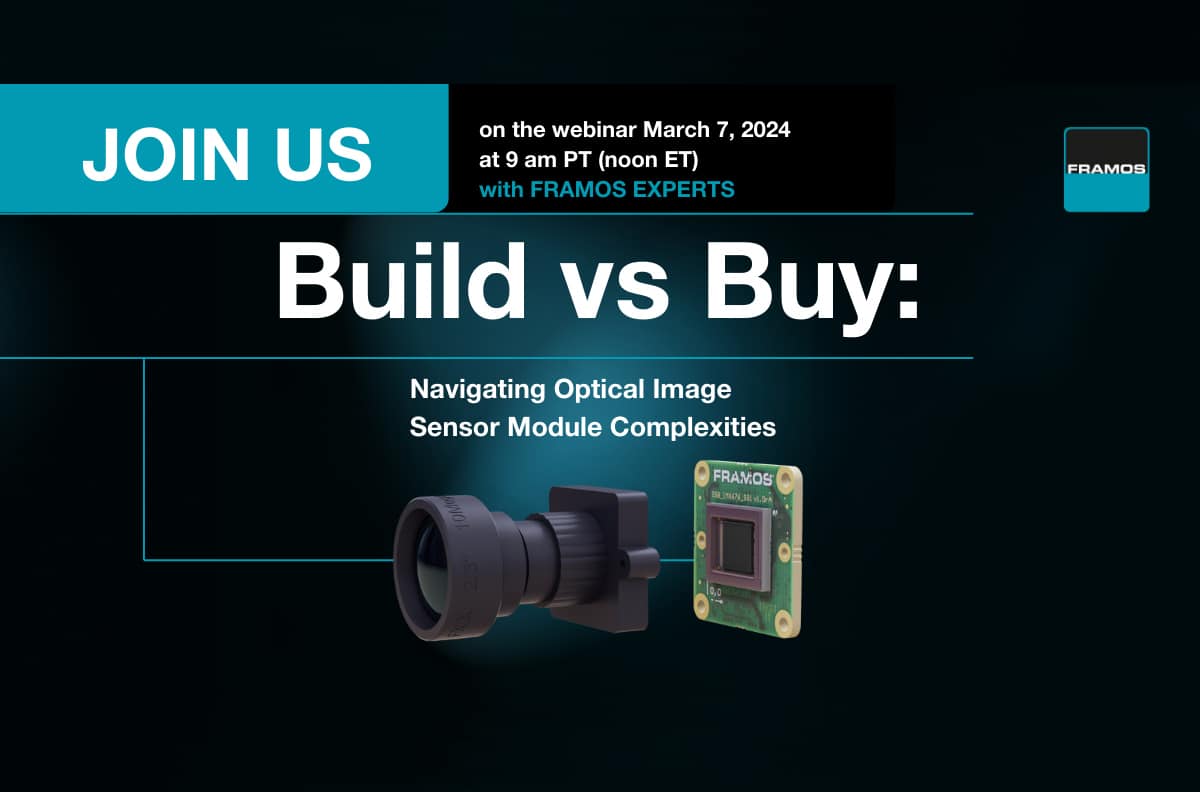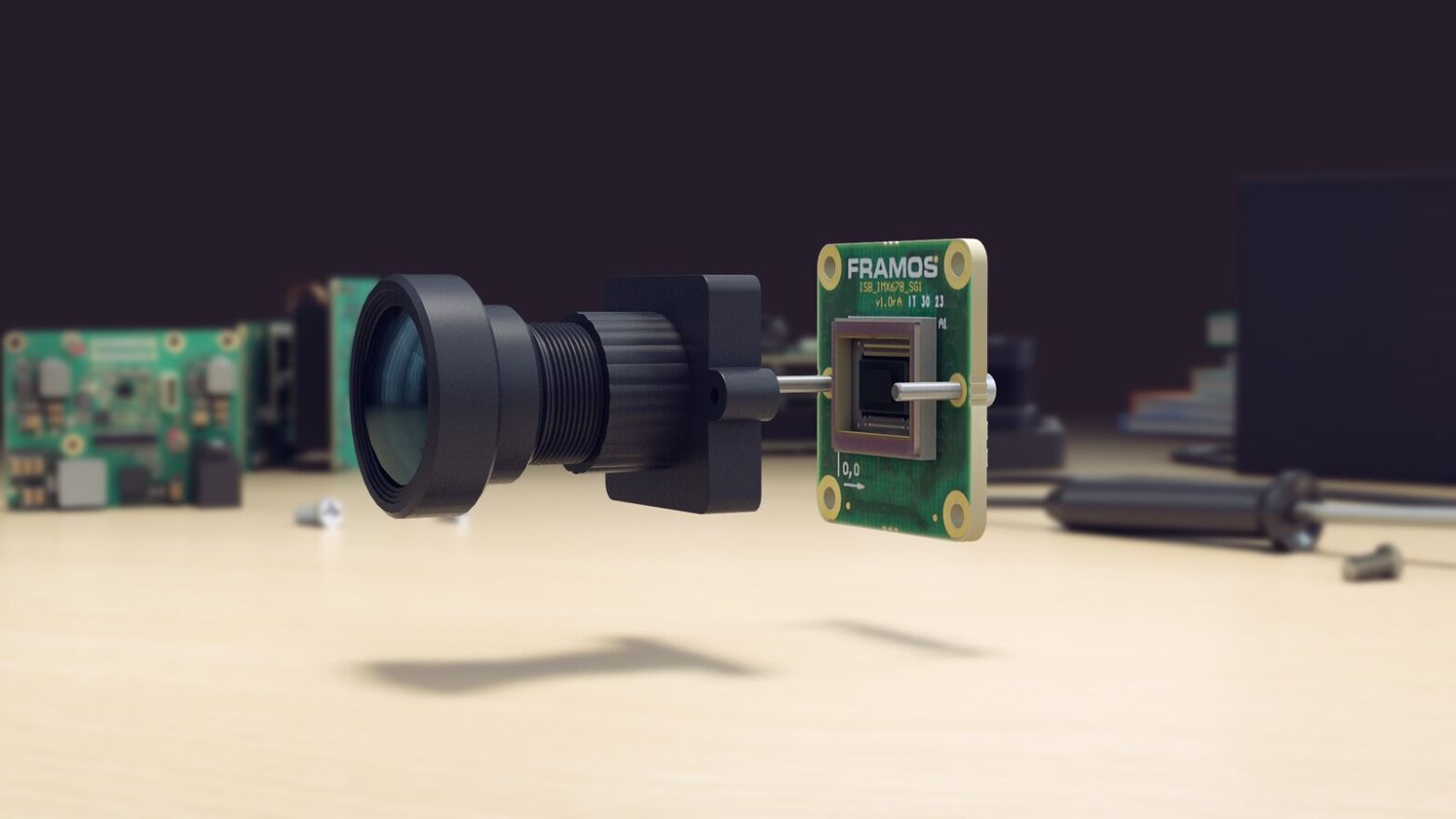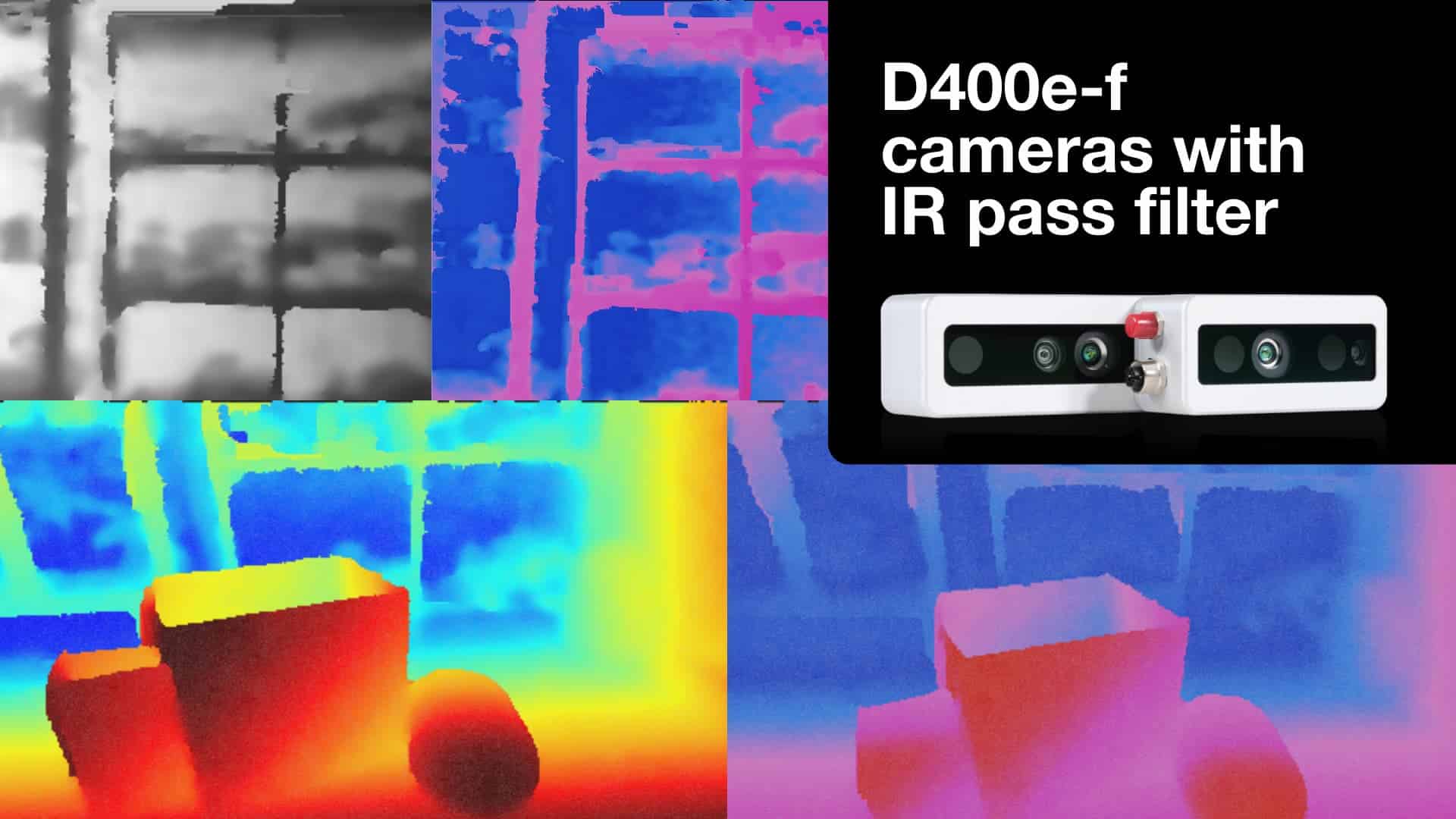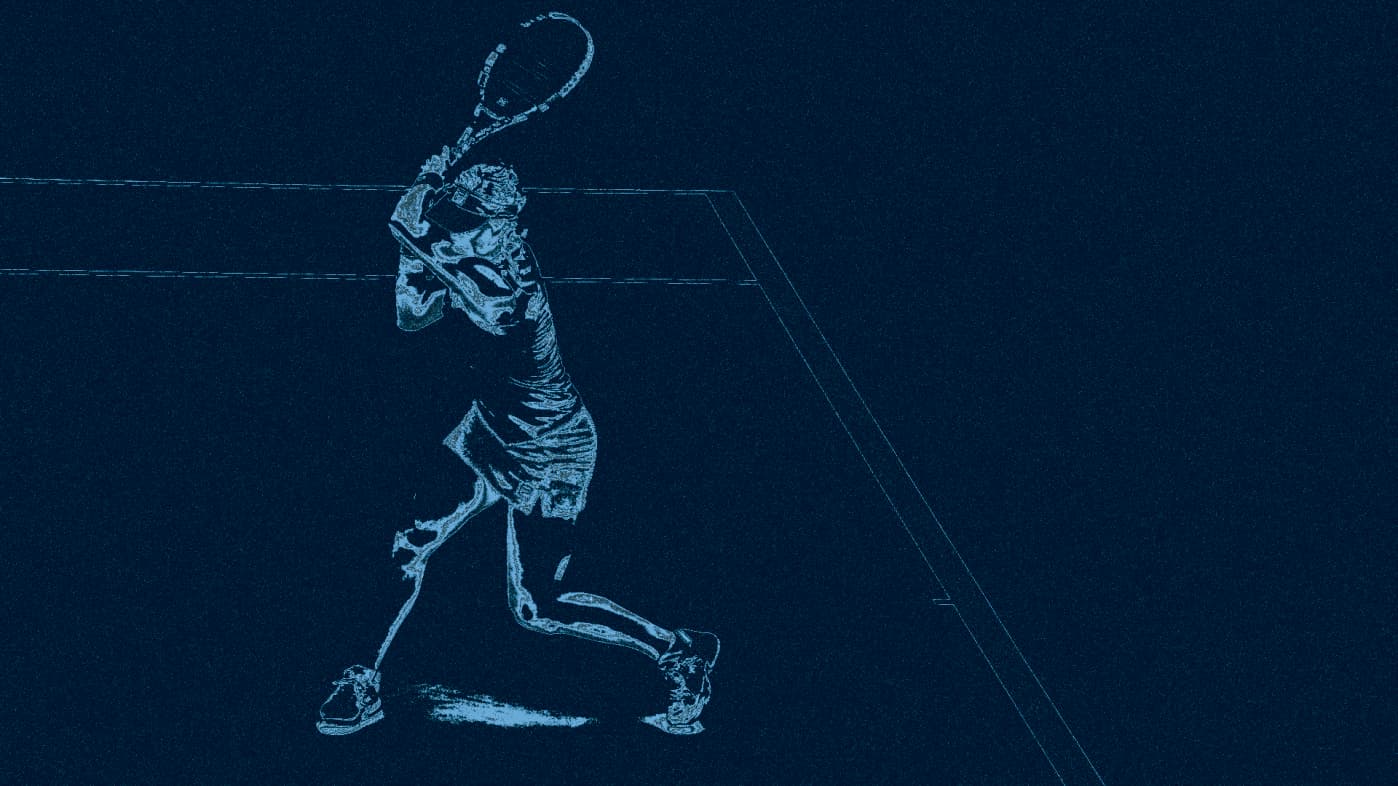A camera without a lens produces no image; at best, it creates a grey and snowy artifact. The choice of the right lens is one of the most important selection criteria. Normally, there is a general rule of thumb for making the best choice for C-Mount or F-Mount components. Smaller sensor sizes and lenses like M12 mounts are very popular with the continuous growth of Embedded Vision to meet miniature design needs. The selection of the optimum M12 mount lens is more complicated, as the variety of sensors and lenses is much greater. Vision engineers have many challenges in their search for the perfect M12 lens/mount solution.
In most cases, lenses in an M12 mount are wide angle lenses that enable similar field of views (FOV) compared to F-mount or C-mount setups; that is, short working distances and/or wide FOVs. However, a wider viewing angle is needed in a miniaturized system to achieve the same field of view as a C-mount lens setup. In general, only few tele lenses are available as M12 lens mount. The lens market provides customers with a very broad variety of M12 lenses for every sensor with a large range in the fields of view (FOV). In most cases, there are no specific sensor product lines available with sizes designed for the M12 mount as there are in C-Mount. Moreover, the lens decision depends on the individual conditions of the dedicated project; the application environment; the sensor in use; and, specific customer needs.
Here are five points to consider for an optimum M12 application:
![]() Sensor size – The sensor size is the first factor to consider, like all other lenses. The lens’ image circle must completely cover the sensor to deliver the best quality image, without any shading or vignetting. Conversely, if the sensor size is smaller than the lens’ image circle, the field of view is “cut out”. The smaller the sensor size, the greater the variety of M12 mount lenses, especially for Fisheye type lenses with FOVs up to 180° or 200°. The sensor upper size limit is usually 2/3”, without special modifications.
Sensor size – The sensor size is the first factor to consider, like all other lenses. The lens’ image circle must completely cover the sensor to deliver the best quality image, without any shading or vignetting. Conversely, if the sensor size is smaller than the lens’ image circle, the field of view is “cut out”. The smaller the sensor size, the greater the variety of M12 mount lenses, especially for Fisheye type lenses with FOVs up to 180° or 200°. The sensor upper size limit is usually 2/3”, without special modifications.


Figure 1: The lens’ image circle has to fit the sensor size
![]()
Field of view – Usually, the required focal length is calculated with the field of view (FOV) and the metric working distance. However, most calculations consider a stereographic projection, whereas wide angle lenses can use a different type of projection. The field of view, in the case of M12 mount lenses, can have a variety of distortions. It is important to measure the field of view in degrees to remain independent of the lens design for wide angle or fisheye lenses, instead of the metric focal length.
![]()
Working distance – Generally, M12 mount lenses are optimized for a specific working distance depending on the application. Lenses for security and automotive applications are optimized for a working distance of more than 0.5m; field curvature can occur if these lenses are used for shorter working distances. Lenses for close-up applications like any type of scanning, are designed for short working distances. Supplier data sheets or independent lens experts can answer these questions and can recommend qualified models for any application type.
![]()
Optimization – M12 mount lenses are often optimized for only one specific application (Refer to Point 3., above). Comparatively, C-mount lenses are corrected for many optical aberrations. Both M12 mount lenses and M12 wide-angle lenses are more likely to exhibit color aberrations, field curvature, and distortion; and, they are less likely to be corrected. Therefore, it is necessary to determine which aberrations require correction and those that are acceptable. Distortion, for example, can be corrected in software if a calibration is done during initialization. However, it can be corrected “in hardware”, by using an aspherical lens element. This type of corrective lens,
- makes the lens barrel longer
- makes the lens more expensive, and,
- are often made from plastic


Figure 2: First picture shows distortion, the second picture has no distortion but vignetting
![]()
Environment – Are shock and vibration issues in the application? is there expected movement for cameras installed on robot arms; on the backs of horses; or, on cars? Is direct sunlight or the type of illumination the criteria for choosing a lens? Some applications might need glued and fixed components, extra color filters, or wavelength correction. In passpoort readers, for example, the lens must deal with visible, infrared, and UV wavelengths. In surveillance scenarios, for example, the necessary detection of any object in every corner requires a distortion-free lens. Often, in both automotive and medical applications, ISO certified lenses are obligatory. In robotic applications, the depth of field is very important, and in extreme environments, for example, a customer might need to observe the range of minimum and maximum temperature.
Lenses that are suitable for the M12 mount cover a wide range, and most lens manufacturers offer lenses dedicated to vertical markets, or individual requirements. Customers looking for the optimum M12 lens model can base their selection optionally on volume, customization, or the adaptation of standard lenses to an M12 mount. Within the large availability of lenses, the solutions discussed above provide guidance for the optimum M12 lens mount for specific applications, requirements, and the desired results. Regardless of the required mount, the lens remains the deciding factor for directing light information to the sensor, and must be considered the baseline for any successful imaging system.
